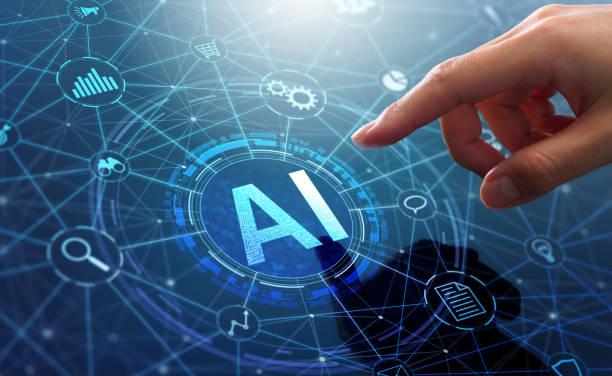`
What is On-Page SEO and Why Does It Matter?
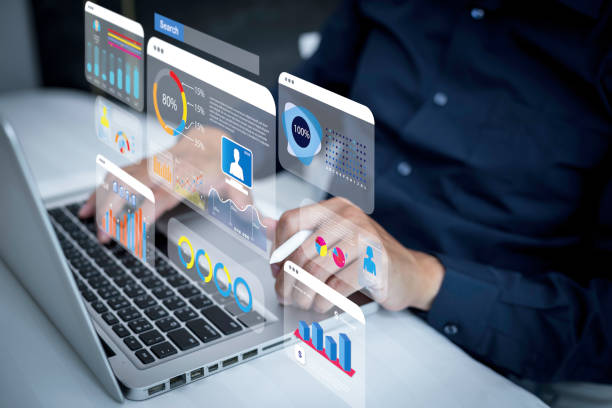
On-Page SEO refers to a set of actions we take within our website to improve the site’s ranking in Google search results and other search engines.
These actions include optimizing content, site structure, HTML tags, and other internal site elements.
The importance of On-Page SEO lies in the fact that it helps search engines better understand your site’s content and what your site is about.
When search engines better understand your site’s content, they are more likely to show your site in search results for relevant keywords.
Also, proper On-Page SEO provides a better user experience for site visitors, reduces the bounce rate, and increases the conversion rate. By performing proper technical SEO, you can improve your site’s ranking in search results and attract more traffic to your site.
This will ultimately lead to increased sales and profitability for your business.
In other words, On-Page SEO is like building a house with a strong frame.
The stronger the frame, the more stable the house will be.
In the world of the web, the stronger your site’s On-Page SEO, the higher your site’s ranking in search results will be.
Some of the most important factors of On-Page SEO include:
- Optimizing page titles and descriptions
- Using appropriate keywords in content
- Optimizing images
- Building internal links
- Optimizing site speed
- Optimizing URL structure
By following these tips, you can improve your site’s On-Page SEO and increase your site’s ranking in search results.
Are you losing business opportunities due to an outdated website? With Rasaweb, solve the problem of not attracting potential customers through your website forever!
✅ Attract more high-quality leads
✅ Increase brand credibility in the eyes of customers
⚡ Get a free consultation on corporate website design
Keyword Research and Selecting the Best Ones
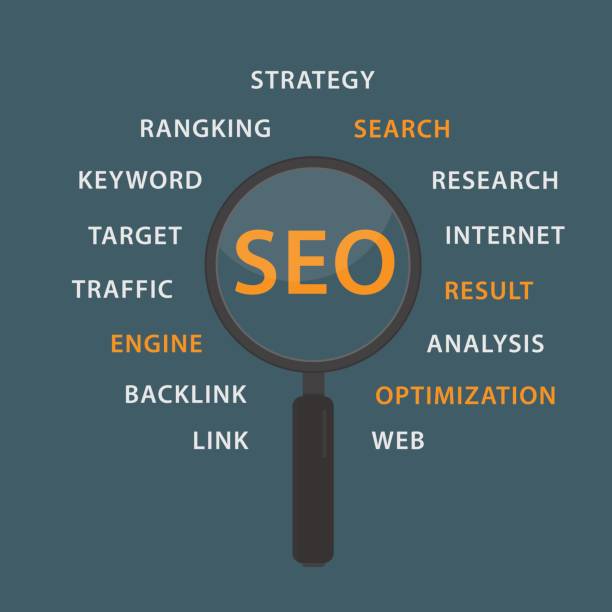
Keyword research is the first and most important step in On-Page SEO.
Before you start writing content or optimizing your site, you need to know what words your audience uses to search on Google.
To conduct keyword research, you can use various tools such as Ahrefs, Moz Keyword Explorer, Google Keyword Planner, and SEMrush.
These tools help you find keywords related to your field of work, check their search volume, and evaluate the competition for them.
When choosing keywords, consider the following:
- Relevance of the keywords to your site’s content
- Search volume of the keywords
- Competition level for the keywords
It is best to choose a combination of main keywords and long-tail keywords.
Main keywords usually have a high search volume, but competition for them is also high.
Long-tail keywords have a lower search volume, but competition for them is also lower, and the chances of ranking for them are higher.
Using keywords related to On-Page SEO helps you improve your site’s ranking.
After selecting keywords, use them in page titles, meta descriptions, H1-H6 tags, and the body of the content.
But be careful not to overdo the use of keywords, as this can lead to your site being penalized by Google.
Optimizing Title and Meta Descriptions

The title and meta description are two important elements in On-Page SEO that are displayed in search results.
The page title should be attractive and concise and include the main keyword of the page.
The meta description should also be a summary of the page’s content and encourage visitors to click on your site’s link.
To optimize the title and meta description, consider the following:
- The page title should be a maximum of 60 characters.
- The meta description should be a maximum of 160 characters.
- Use the main keyword in the title and meta description.
- The title and meta description should be attractive and relevant to the page’s content.
- Use action verbs in the meta description.
For example, if your page is about “On-Page SEO“, the title and meta description can be as follows:
Title: Comprehensive Guide to On-Page SEO in [Current Year]
Meta Description: By reading this article, optimize your site’s On-Page SEO and improve your site’s ranking in search results!
Optimizing the title and meta description can have a significant impact on increasing your site’s click-through rate (CTR).
On-Page SEO greatly helps in meta optimization.
| Element | Description | Important Notes |
|---|---|---|
| Page Title | The page title is displayed in search results. | Maximum 60 characters, includes the main keyword, attractive, and relevant |
| Meta Description | A summary of the page’s content that is displayed in search results. | Maximum 160 characters, includes the main keyword, attractive, and encouraging |
Creating High-Quality and Engaging Content
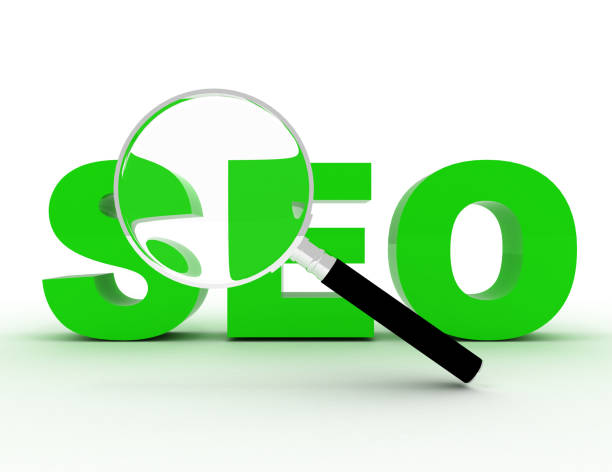
Content is king! You have heard this sentence many times, and it is absolutely true.
Creating high-quality and engaging content is the most important factor in On-Page SEO.
If your content is not useful and engaging for the audience, none of the other On-Page SEO techniques can help you.
To create high-quality and engaging content, consider the following:
- Content should be relevant to your keywords.
- Content should be unique and new.
- Content should be complete and comprehensive.
- Content should be readable and understandable.
- Use images, videos, and infographics to make the content more attractive.
- Present the content in an organized and structured manner.
It is best to write your content using a friendly and intimate tone.
Ask the audience questions and engage them in the content.
You can also use stories and examples to explain complex concepts.
Remember that your goal in creating content is to provide value to the audience.
If your content is useful to the audience, they will return to your site and introduce your site to others as well.
Using a CMS (Content Management System) helps you easily manage your content and optimize it for search engines.
Did you know that 85% of customers check your company’s website before any interaction?
With Rasaweb, build a corporate website that deserves your credibility.
✅ Increase customer credibility and trust
✅ Attract high-quality leads
⚡ Get a free website design consultation
Optimizing Images
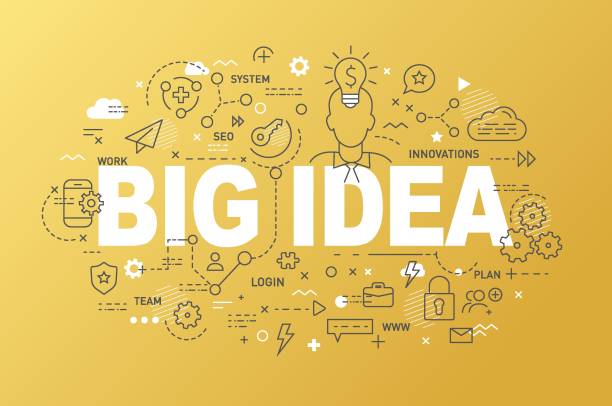
Images play an important role in the attractiveness and better understanding of your site’s content.
But if the images are not properly optimized, they can slow down the site and decrease the site’s ranking in search results.
To optimize images, consider the following:
- Choose a file name for the image with relevant keywords.
- Use the Alt tag to describe the image.
- Reduce the image size.
- Use the appropriate format for the image.
- Place images in the appropriate location on the page.
The Alt tag helps search engines understand the image and display it in image search results.
The Alt tag also provides information about the image for users who cannot see the image (for example, due to using a screen reader).
To reduce the image size, you can use various tools such as TinyPNG, ImageOptim, and Kraken.io.
You can also use the WebP format for images, which has a smaller size than JPEG and PNG formats.
On-Page SEO helps you improve your site’s ranking by optimizing images.
Remember that images should be related to the page’s content and help to better understand the content.
Building Internal Links
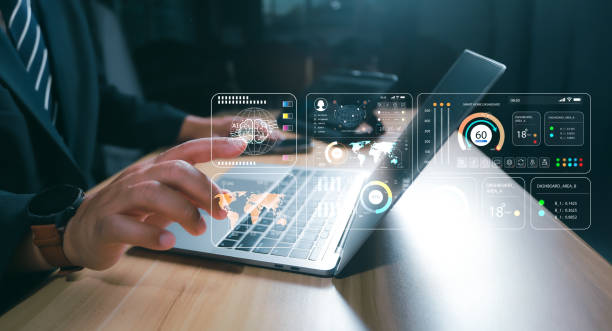
Internal links are links that connect different pages of your site to each other.
Internal links help search engines better understand your site’s structure and find important pages on your site.
Internal links also cause visitors to stay on your site longer and view more pages.
To build internal links, consider the following:
- Use relevant keywords as the link text (Anchor Text).
- Create links to related pages.
- Use the appropriate number of links on each page.
- Place the links in the appropriate location on the page.
It is best to place the links naturally in the content and avoid overdoing the linking.
You can also use internal links to direct visitors to important pages on your site, such as the home page, product page, or contact us page.
Optimal use of links is one of the principles of #OnPageSEO.
For example, if you are talking about “On-Page SEO” in an article, you can link to your other articles about “keyword research” or “image optimization”.
With correct link building in On-Page SEO, you can increase site traffic.
Optimizing Site Speed

Site speed is one of the important factors in ranking a site in search results.
Google gives a better ranking to sites that have a high loading speed.
Also, high site speed provides a better user experience for visitors and reduces the bounce rate.
To optimize site speed, you can take the following actions:
- Image optimization
- Enabling compression
- Using caching
- Reducing the size of HTML, CSS, and JavaScript code
- Using a Content Delivery Network (CDN)
- Choosing a suitable hosting
You can use various tools such as Google PageSpeed Insights, GTmetrix, and Pingdom Website Speed Test to check your site’s speed.
These tools help you identify your site’s weaknesses and fix them.
Try to keep your site’s loading speed below 3 seconds.
The faster your site is, the higher your site’s ranking will be in search results.
On-Page SEO helps you a lot in increasing site speed.
| Method | Description | Tools |
|---|---|---|
| Image Optimization | Reducing the size and optimizing the format of images | TinyPNG, ImageOptim |
| Enabling Compression | Compressing HTML, CSS, and JavaScript files | Gzip |
| Using Caching | Storing a version of the site for faster loading | WP Rocket, LiteSpeed Cache |
Optimizing URL Structure
![]()
The URL structure of your site’s pages should be simple, readable, and relevant to the page’s content.
An optimized URL helps search engines better understand the page’s content and rank it in search results.
Also, a readable URL is more attractive to users and increases the likelihood of clicking on your site’s link.
On-Page SEO and correct link building on the site are very important.
To optimize the URL structure, consider the following:
- Use relevant keywords in the URL.
- Keep the URL short and concise.
- Use hyphens (-) instead of underscores (_) to separate words.
- Use lowercase letters in the URL.
- Design the URL logically and consistently with your site’s structure.
For example, if your page is about “On-Page SEO“, the URL can be as follows:
www.example.com/seo-dakhli
Avoid using long and complex URLs.
The URL should be easy to read and remember.
This is of particular importance in On-Page SEO.
Tired of losing customers due to poor online store design? With Rasaweb, solve this problem forever!
✅ Increase sales and visitor-to-customer conversion rate
✅ Smooth and attractive user experience for your customers⚡ Get a free consultation
Using Structured Data (Schema Markup)
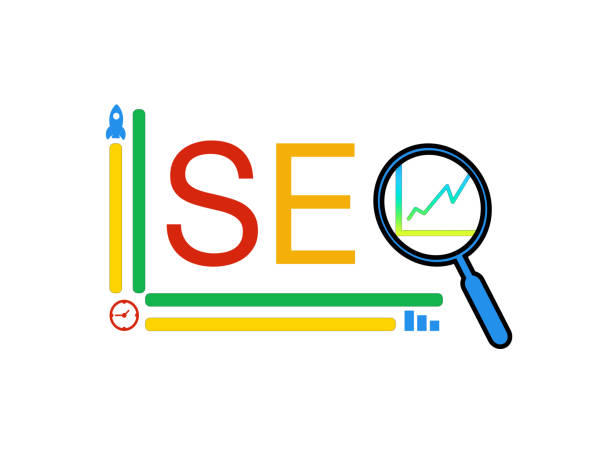
Structured data (Schema Markup) are codes that help search engines better understand the content of your site’s pages.
By using structured data, you can provide information such as the author’s name, publication date, user ratings, and other relevant information to search engines.
This information can cause your site to be displayed more prominently in search results and increase your site’s click-through rate (CTR).
To use structured data, you can use various tools such as Schema Markup Generator.
These tools help you generate the necessary codes and place them on your site’s pages.
This information can be very effective in On-Page SEO.
There are different types of structured data that you can use to provide different information to search engines.
Some of the most important types of structured data include:
- Article
- Book
- Event
- Product
- Recipe
- Review
Using structured data can have a significant impact on improving your site’s ranking in search results.
Try to use structured data for all important pages on your site.
Achieve higher rankings on Google by doing correct On-Page SEO.
Analysis and Continuous Improvement
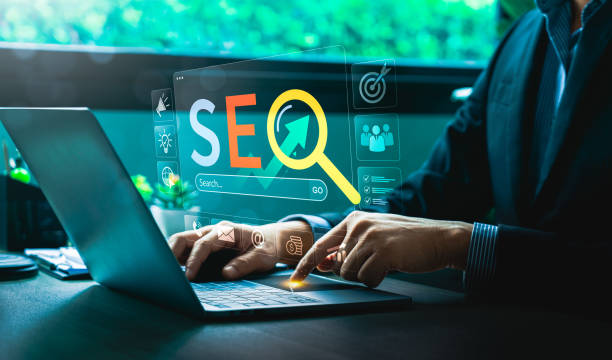
On-Page SEO is a continuous process and requires continuous analysis and improvement.
You should regularly check your site’s performance and identify its weaknesses.
Then you should take the necessary steps to improve your site’s performance.
If On-Page SEO is not done correctly, it is not only not useful for the site but also harmful.
To analyze your site’s performance, you can use various tools such as Google Analytics and Google Search Console.
These tools help you check information such as site traffic, bounce rate, time spent on the site, keywords that users use to find your site, and other relevant information.
By reviewing this information, you can identify your site’s weaknesses and fix them.
For example, if you notice that your site’s bounce rate is high, you can try to make your site’s content more engaging and increase your site’s speed.
You should also regularly check your keywords and update them if necessary.
Google’s algorithms are constantly changing, and you need to adapt to these changes.
As a result, you should regularly review your On-Page SEO strategy and keep it up to date.
#SEO always requires review and analysis.
Frequently Asked Questions
| Number | Question | Answer |
|---|---|---|
| 1 | What is On-Page SEO? | On-Page SEO refers to a set of actions that are taken within a website and to optimize its pages to achieve a better ranking in search results. |
| 2 | What is the most important factor in On-Page SEO? | High-quality, relevant, and comprehensive content that meets the user’s needs is the most important factor in On-Page SEO. |
| 3 | What role does the Title Tag play in On-Page SEO? | The Title Tag is one of the most important factors that tells search engines and users what the page’s content is about. It should include the main keyword and be attractive. |
| 4 | How important is the Meta Description Tag? | Although it does not directly affect the ranking, it is very effective on the click-through rate (CTR) in search results and encourages users to visit the page. |
| 5 | How is image optimization done in On-Page SEO? | By using a suitable alt tag, compressing the image size to increase loading speed, and using a meaningful file name for the image. |
| 6 | What is the importance of using headings (H1, H2, H3) in On-Page SEO? | Headings help to structure the content, increase readability, and help search engines understand the hierarchy and sub-topics of the content. |
| 7 | What does Internal Linking mean and what are its benefits? | Internal Linking means creating links between different pages of a website. This helps to distribute authority, improve user navigation, and assist search engine crawling. |
| 8 | Where should the main keyword (Focus Keyword) be placed on the page? | The main keyword should be placed in the title tag, meta description, H1, first paragraph, and naturally throughout the text and, if possible, in the URL address. |
| 9 | What effect does copied or duplicate content have on On-Page SEO? | Duplicate content can damage the site’s ranking and confuse search engines as to which version is original, and they may recognize it as spam. |
| 10 | How important is page load speed in On-Page SEO? | Page load speed is an important ranking factor and directly affects user experience. Slow pages increase the bounce rate of users. |
And other services of Rasa Web Advertising Agency in the field of advertising
Smart Social Media: A new service to increase user engagement through SEO-oriented content strategy.
Smart Marketing Automation: A professional solution for analyzing customer behavior with a focus on custom programming.
Smart Direct Marketing: Transform the click-through rate with the help of attractive user interface design.
Smart Marketplace: An effective tool for managing campaigns with the help of custom programming.
Smart Conversion Rate Optimization: A fast and efficient solution to increase sales by focusing on optimizing key pages.
And more than a hundred other services in the field of internet advertising, advertising consulting and organizational solutions
Internet Advertising | Advertising Strategy | Advertorial Report
Resources
On-Page Optimization – Moz
,On-Page SEO: The Complete Guide to Website Optimization in 2023 – Semrush
,On-Page SEO: The Complete Guide – Ahrefs
,What is On-Page SEO? Beginner’s Guide – Yoast
? To turn your ideas into digital reality and reach more customers, Rasaweb Digital Marketing Agency, with expertise in user-friendly website design and SEO, is by your side.
📍 Tehran, Mirdamad Street, next to the Central Bank, South Kazerun Alley, Ramin Alley No. 6
`



